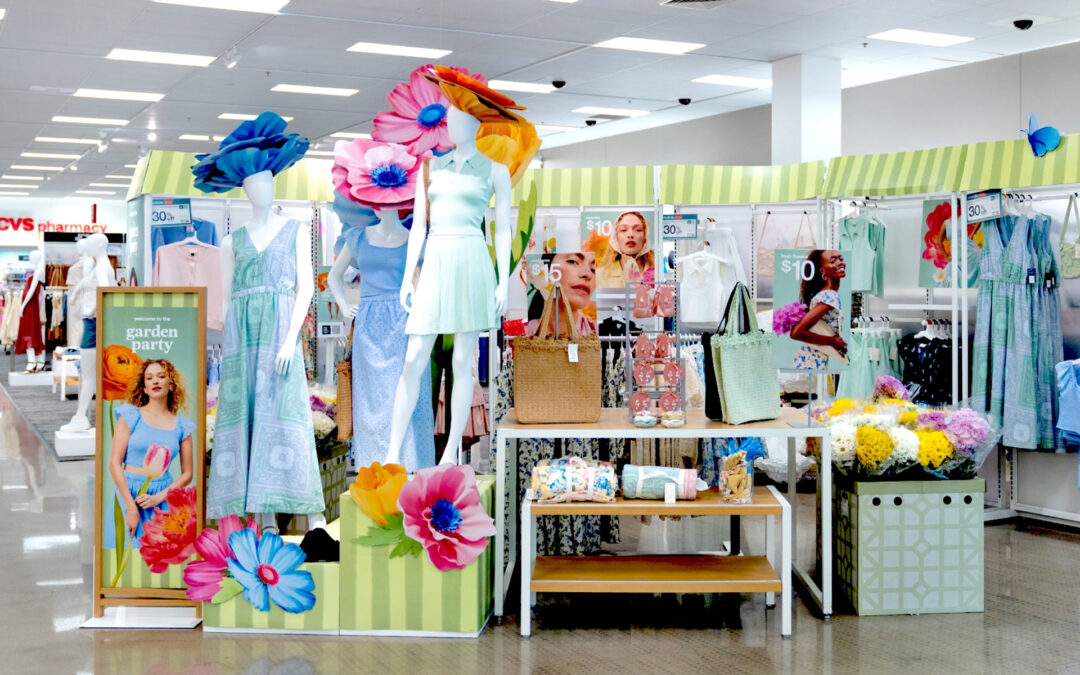The National Retail Federation has forecast retail sales in 2025 will grow between 2.7% and 3.7% from 2024 to between $5.42 trillion and $5.48 trillion.
The NRF outlook for this year compares with 3.6% annual sales growth to $5.29 trillion dollars in 2024. This year’s forecast is approximately in line with the 10-year pre-pandemic average annual sales growth of 3.6%, NRF stated.
The forecast calls for non-store and online sales, which are included in the total figure, to grow between 7% and 9% year over year to a total of between $1.57 trillion to $1.6 trillion. Non-store and online sales grew 8.1% to a total of $1.47 trillion last year in 2024.
NRF’s calculation of retail sales exempts automobile dealers, gasoline stations and restaurants to focus on core retail. NRF based the 2025 forecast on economic modeling that considers various indicators including employment, wages, disposable income, consumer credit and previous retail sales.
At the same time, NRF expects a GDP growth decline to just below 2% in 2025, down from 2.8% in 2024 and below the trend of the past few years. With the implementation of tariffs, NRF expects 2025 inflation reflected in personal income expenditure, a favorite metric of the United States Federal Reserve, to remain at the current level of about 2.5%. Overall, household balance sheets appear to be in good shape, with delinquencies on auto loans and credit card payments rising but remaining in line with the pre-pandemic trend. If the labor market remains solid, the consumer credit picture should remain healthy, NRF asserted.
“Any way you look at it, a lot is riding on the consumer,” NRF Chief Economist Jack Kleinhenz said. “While we do expect slower growth, consumer fundamentals remain intact, supported by low unemployment, slower but steady income growth and solid household finances. Consumer spending is not unraveling.”
Kleinhenz added that although consumer confidence is declining, largely because of lingering inflation and anxiety over tariffs, that doesn’t translate to an immediate drop in consumer spending.
“It’s the hard data on employment, income and tariff-induced inflation, not consumer sentiment, that supports our view of a slower trajectory for consumer spending,” Kleinheinz said.





